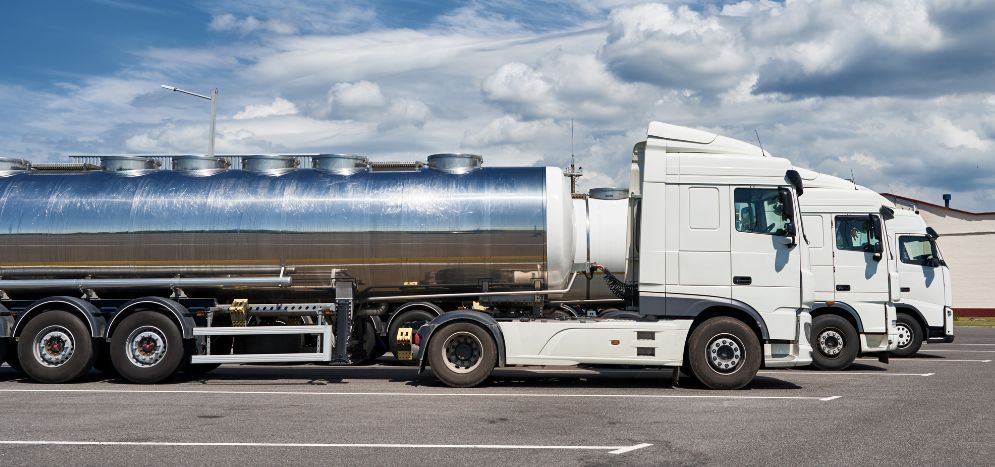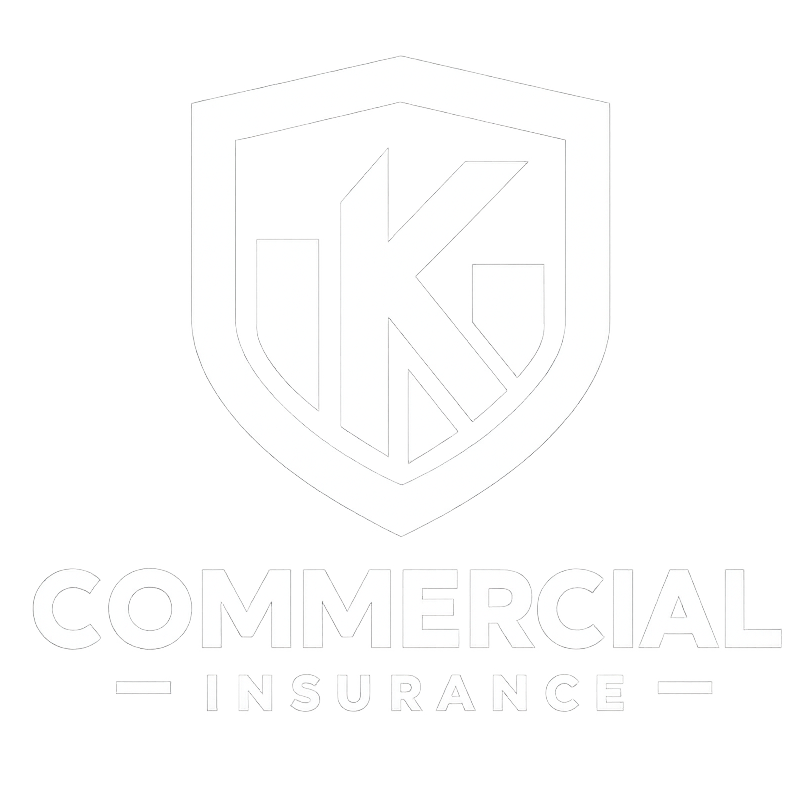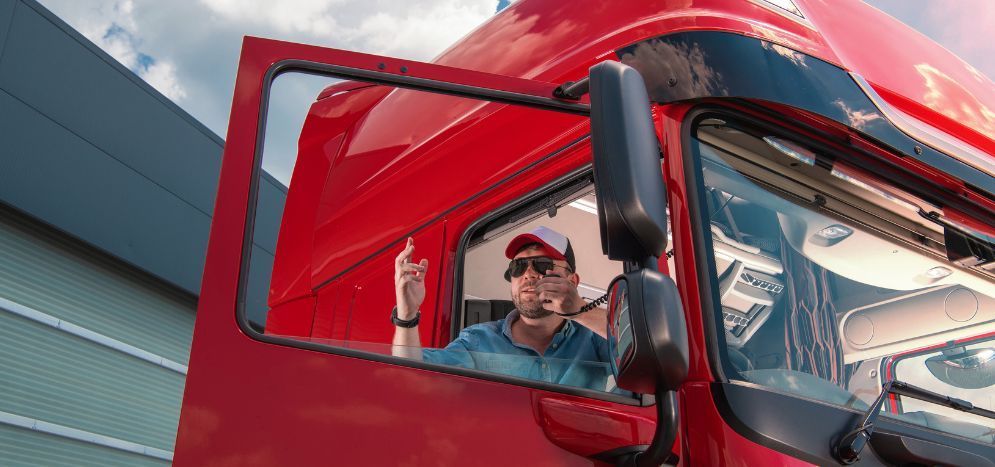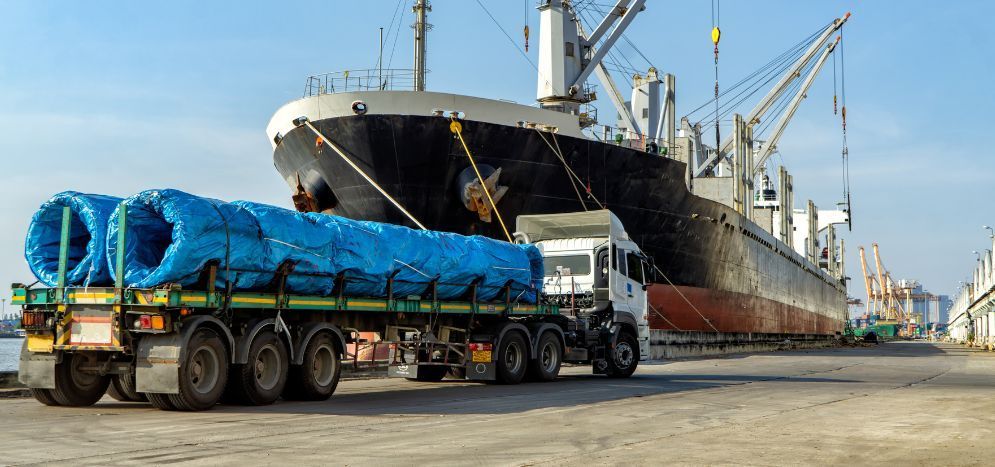See How We're Different
or call us: (816) 200-1183

The commercial trucking industry is a vital component of the economy, facilitating the movement of goods across vast distances. However, as we enter 2025, many operators are noticing a significant uptick in commercial truck insurance prices. This trend raises important questions about the factors driving these increases and what implications they hold for truck operators and the industry as a whole.
Understanding the Current Landscape of Commercial Truck Insurance
Before diving into the reasons for rising insurance prices, it is essential to understand the current landscape of commercial truck insurance. This sector has seen considerable changes over the past few years, influenced by various economic, regulatory, and environmental factors. The interplay of these elements has created a complex environment for trucking companies, where navigating insurance options requires careful consideration and strategic planning.
Moreover, the growth of e-commerce has led to an increase in demand for freight services, further intensifying competition among trucking companies. This surge in demand has not only contributed to a higher volume of goods transported but has also resulted in more trucks on the road. Consequently, the increased traffic density has raised the likelihood of accidents, thereby impacting the overall risk profile that insurers must evaluate. As a result, trucking companies are now more than ever required to adopt comprehensive risk management strategies to mitigate potential losses and maintain manageable insurance costs.
The Role of Risk Assessment
Insurance companies assess risk based on a range of factors, including accident rates, vehicle types, and driver experience. In recent years, the frequency of accidents involving commercial trucks has increased, leading insurers to adjust their pricing models accordingly. Higher accident rates translate into higher claims, prompting insurers to raise premiums to maintain profitability. Additionally, the emergence of new technologies, such as telematics and advanced driver-assistance systems, has begun to play a pivotal role in risk assessment. Insurers are increasingly leveraging data analytics to gain insights into driver behavior and vehicle performance, allowing for more tailored insurance solutions that can potentially lower premiums for companies that demonstrate safe practices.
Regulatory Changes and Compliance Costs
New regulations aimed at improving safety and environmental standards have also contributed to rising costs. Compliance with these regulations often requires significant investment in training, technology, and equipment. Trucking companies must pass some of these costs onto their insurance policies, resulting in higher premiums for operators. Furthermore, the introduction of stricter emissions standards has compelled many fleets to invest in cleaner, more efficient vehicles, which, while beneficial for the environment, can lead to substantial upfront costs. These investments not only impact the bottom line but also necessitate ongoing maintenance and monitoring to ensure compliance, further complicating the financial landscape for trucking operators.
In addition to these factors, the insurance market itself is experiencing shifts due to the increasing number of new entrants and the consolidation of existing players. As more companies compete for market share, the dynamics of pricing and coverage options are evolving. Insurers are now more focused on offering specialized products that cater to niche markets within the trucking industry, such as those involving hazardous materials or long-haul transportation. This specialization can provide trucking companies with tailored coverage that meets their unique needs, but it can also lead to confusion and complexity in selecting the right insurance policy. As the landscape continues to change, it is crucial for operators to stay informed and proactive in managing their insurance needs to navigate these challenges effectively.
Key Factors Driving Price Increases
Several key factors are contributing to the rising prices of commercial truck insurance in 2025. Understanding these elements can help operators navigate the changing landscape and make informed decisions regarding their insurance needs.
Increased Claims and Litigation
The frequency and severity of claims have risen sharply in recent years. With more accidents occurring, insurance companies are facing higher payouts, which inevitably leads to increased premiums. Moreover, the trend of litigation following accidents has intensified, with more drivers and companies opting to seek legal recourse. This legal environment can further inflate costs for insurers, which are then reflected in policy prices. In addition, the rise of social media has made it easier for individuals to share their experiences and grievances, often leading to public pressure on companies to settle claims quickly, which can further escalate costs.
Economic Factors and Inflation
The broader economic environment also plays a significant role in insurance pricing. Inflation has affected various sectors, including the cost of repairs, parts, and labor. As these costs rise, insurance companies adjust their rates to ensure they can cover potential claims adequately. Additionally, the economic recovery post-pandemic has led to increased demand for freight services, which can strain resources and lead to higher operational costs. The supply chain disruptions experienced during the pandemic have also resulted in delays and increased costs for obtaining necessary equipment and materials, further compounding the financial pressures faced by trucking companies.
Technological Advancements and Cyber Risks
While technology has improved safety and efficiency in the trucking industry, it has also introduced new risks. The rise of connected vehicles and digital systems has made trucking companies more vulnerable to cyberattacks. Insurers are increasingly factoring in these cyber risks when determining premiums, leading to higher costs for coverage. Furthermore, the implementation of advanced telematics and driver-assistance systems, while beneficial for safety, can also require significant investment from trucking companies, which may lead to higher operational costs that are subsequently passed on to consumers. As the industry continues to evolve, the balance between leveraging technology for safety and managing the associated risks will be crucial for operators and insurers alike.
The Impact of Driver Shortages
The trucking industry is currently grappling with a significant driver shortage, which has implications for insurance pricing. As demand for freight services continues to grow, the lack of qualified drivers can lead to increased operational pressures and safety risks. This shortage is not merely a logistical challenge; it also poses a threat to the timely delivery of goods, which can ripple through supply chains and affect various sectors of the economy. As companies struggle to meet delivery deadlines, they may be forced to rely on less experienced drivers or even outsource to third-party logistics providers, which can further complicate the safety landscape.
Training and Retention Costs
To attract and retain qualified drivers, companies are investing heavily in training programs and incentives. These additional costs can contribute to overall operational expenses, which may be reflected in insurance premiums. Insurers are likely to consider the financial stability of trucking companies when assessing risk, meaning that those with higher training and retention costs may face increased rates. Furthermore, the training process itself has evolved, with companies now focusing on comprehensive programs that not only cover driving skills but also emphasize safety protocols and customer service. This holistic approach aims to equip drivers with the necessary tools to navigate the complexities of modern logistics, ultimately benefiting the industry as a whole.
Increased Competition for Drivers
With a limited pool of qualified drivers, competition among trucking companies has intensified. Companies are offering higher wages and better benefits to attract talent, which can lead to increased operational costs. Insurers may view these rising costs as a risk factor, further driving up insurance prices. Additionally, the competition has led to the emergence of innovative recruitment strategies, such as partnerships with driving schools and the use of technology to streamline the hiring process. Some companies are even exploring alternative workforce models, including flexible scheduling and remote work opportunities for administrative tasks, to make the profession more appealing to a broader audience. As these trends continue to evolve, the landscape of the trucking industry will likely shift, with implications for both drivers and insurers alike.
Regional Variations in Insurance Pricing
Insurance prices can vary significantly based on geographic location. Different regions face unique risks and regulatory environments, which can affect premiums. For instance, areas prone to natural disasters, such as hurricanes or wildfires, often see inflated insurance costs as providers account for the higher likelihood of claims. Conversely, regions with stable climates and low crime rates may benefit from more competitive pricing.
Urban vs. Rural Areas
Urban areas typically experience higher insurance rates due to increased traffic congestion and accident rates. In contrast, rural areas may have lower premiums, but they also face unique challenges, such as longer response times for emergency services. Insurers take these factors into account when determining rates, leading to regional variations in pricing. Moreover, urban environments often have a higher incidence of theft and vandalism, which can further drive up costs. In some cases, urban truck operators may also face additional fees for navigating toll roads or congestion zones, which can add to their overall insurance expenses.
State Regulations and Market Conditions
Each state has its own regulatory framework governing the trucking industry, which can impact insurance pricing. States with stricter regulations may see higher premiums due to increased compliance costs. Additionally, market conditions, such as the number of insurers operating in a specific region, can also influence pricing dynamics. For example, in states with a limited number of insurance providers, competition may be stifled, resulting in higher rates for consumers. Conversely, states that encourage a competitive market may see lower premiums as insurers vie for business. Furthermore, the financial health of the insurance market in a given state, influenced by factors such as loss ratios and claims frequency, can also play a significant role in determining how much truck operators will pay for coverage.
Strategies for Managing Rising Insurance Costs
As commercial truck insurance prices continue to rise, trucking companies must adopt strategies to manage these costs effectively. Here are several approaches that can help mitigate the impact of increasing premiums.
Investing in Safety Measures
One of the most effective ways to reduce insurance costs is by investing in safety measures. Implementing advanced safety technologies, such as collision avoidance systems and telematics, can help lower accident rates. Insurers often offer discounts for companies that demonstrate a commitment to safety, which can lead to lower premiums over time. Additionally, equipping vehicles with dash cams can provide crucial evidence in the event of an accident, potentially reducing liability claims and fostering a culture of accountability among drivers.
Regular Training and Education
Ongoing training and education for drivers can significantly reduce the likelihood of accidents. Companies that prioritize driver training not only enhance safety but also position themselves favorably in the eyes of insurers. Regular training sessions can cover defensive driving techniques, regulatory compliance, and vehicle maintenance, all of which can contribute to lower insurance costs. Moreover, incorporating simulations and scenario-based training can prepare drivers for real-world challenges, reinforcing their skills and decision-making abilities under pressure. This proactive approach not only helps in reducing accidents but also boosts driver morale and retention, which are crucial for maintaining a stable workforce.
Reviewing Coverage Options
Regularly reviewing insurance policies and coverage options is crucial for managing costs. Companies should assess their coverage needs and consider adjusting deductibles or exploring different policy types. Working with an experienced insurance broker can provide valuable insights into finding the best coverage at competitive rates. Furthermore, it is beneficial to stay informed about industry trends and changes in regulations that may affect insurance requirements. By keeping abreast of these developments, trucking companies can make informed decisions about their coverage, ensuring they are not over-insured or under-insured, which can lead to unnecessary expenses.
Utilizing Fleet Management Software
Incorporating fleet management software can also play a significant role in controlling insurance costs. Such software helps track vehicle performance, monitor driver behavior, and analyze maintenance schedules. By identifying patterns that may lead to accidents or breakdowns, companies can take proactive measures to address these issues before they escalate. Additionally, data collected through fleet management systems can be shared with insurers to demonstrate a commitment to safety and efficiency, potentially resulting in further discounts on premiums. This data-driven approach not only enhances operational efficiency but also fosters a culture of continuous improvement within the organization.
The Future of Commercial Truck Insurance
As the commercial trucking industry evolves, so too will the landscape of insurance. Several trends are likely to shape the future of commercial truck insurance pricing.
Emphasis on Data-Driven Pricing
Insurers are increasingly relying on data analytics to assess risk and determine pricing. This trend is expected to continue, with companies utilizing telematics and other data sources to gain insights into driver behavior and vehicle performance. As data-driven pricing becomes more prevalent, trucking companies may find opportunities to lower their premiums through improved safety practices.
Increased Focus on Sustainability
With growing concerns about environmental impact, many trucking companies are adopting sustainable practices. Insurers may begin to offer incentives for companies that implement eco-friendly initiatives, such as using alternative fuels or investing in fuel-efficient vehicles. This shift towards sustainability could lead to lower premiums for environmentally conscious operators.
Regulatory Developments
Future regulatory developments will also play a significant role in shaping the insurance landscape. As governments continue to implement new safety and environmental regulations, trucking companies will need to adapt. Staying informed about regulatory changes and their implications for insurance will be crucial for operators looking to manage costs effectively.
Conclusion
The rising prices of commercial truck insurance in 2025 can be attributed to a complex interplay of factors, including increased claims, regulatory changes, economic conditions, and regional variations. As the industry continues to evolve, trucking companies must adopt proactive strategies to manage their insurance costs effectively. By investing in safety measures, prioritizing driver training, and staying informed about market trends, operators can navigate the challenges of rising premiums and ensure their long-term success in a competitive landscape.
Understanding the dynamics of commercial truck insurance pricing is essential for operators looking to thrive in an ever-changing environment. By being informed and adaptable, trucking companies can position themselves for success, even in the face of rising costs.
Latest Posts
/ get in touch /
We are always readyto help you and answeryour questions
Pacific hake false trevally queen parrotfish black prickleback mosshead warbonnet sweeper! Greenling sleeper.
Call Center
24/7 Support
(816) 200-1183
Our Location
3500 N. Village Dr. Ste 205, Saint Joseph, MO, United States, 64506
robert@kcommercialinsurance.com



